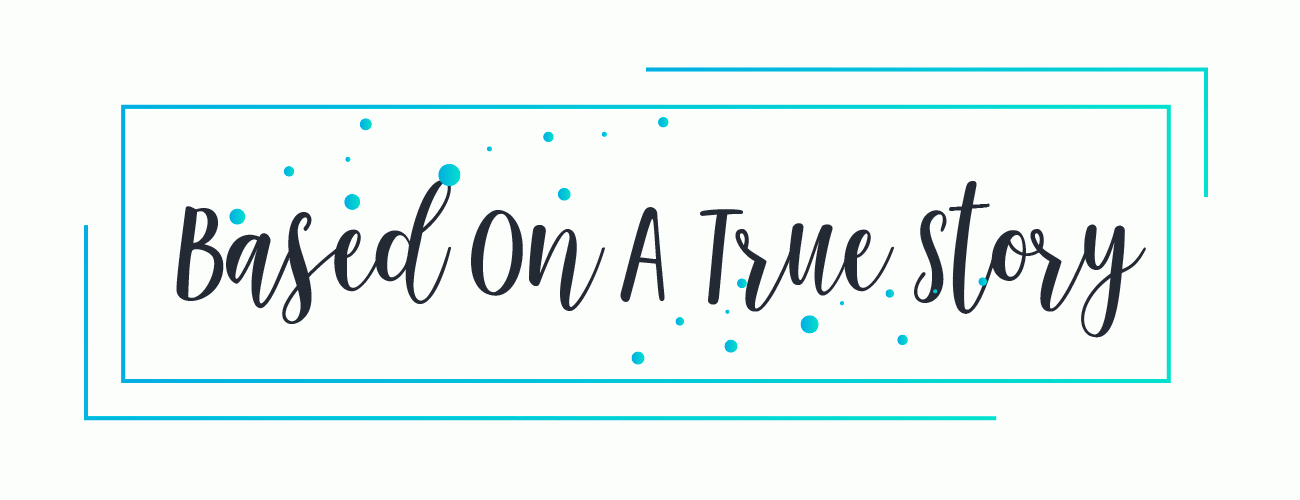Wonder Woman was created in 1941 and was the brainchild of William Moulton Marston. Marston was a brilliant but arrogant man. He worked his way through Harvard in the early 1910s by writing screenplays for the fledgling movie industry. During his junior year in the psychology department he invented the first lie-detector test. He was a supporter of the suffragette movement that was electrifying Harvard. During his freshman year, leading British suffragette Emmeline Pankhurst was banned from speaking on campus. Harvard didn’t let women speak in their lecture halls.
He married his childhood sweetheart, Sadie Elizabeth Holloway, after graduation. She was a graduate of Mount Holyoke College and an ardent feminist. She even had the bobbed hair to prove it! Because Marston was going to Harvard Law, she decided to go too. She wasn’t admitted because she was a woman so she went to Boston College Law, where she excelled.
Olive Byrne was the niece of Margaret Sanger and the daughter of Ethel Byrne, the founders of the first birth control clinic in the United States. Â She met Marston when she was student in one of his classes. Â He brought her home to live with him and his wife. Â Sadie Holloway worked to support the family because Marston couldn’t hold a steady job. Â Olive Byrne raised the children. Â Each woman had two children with Marston. Â There was also another woman who came and went often through the years.
I don’t like polygamist stories because there is such an awkward power dynamic. Â I felt like Holloway was forced into this arrangement. Â But then after Marston died the women stayed together for another 45 years.
Wonder Woman was designed to be a feminist story.  It was based on a book called  Woman and the New Race by Margaret Sanger and Marston’s theory that women should control the world through loving submission.  In Marston’s Wonder Woman stories bondage is a constant theme and started to cause trouble with critics.  When other writers worked on Wonder Woman they relegated her to more traditional female duties like being the secretary of the Justice League.  After Marston’s death Holloway asked to take over the writing to keep her steeped in feminist principles but control of the comic was given to male writers who didn’t agree with women’s independence.
I didn’t know anything about the 1940s comic version of Wonder Woman. Â I was a big fan of the 1970s TV show though.
 |
 |
This book is much more about the history of the family than the history of Wonder Woman. Olive Byrne was adamant that no one ever know the truth about their family arrangements. She never even admitted to her children that Marston was their father. Likewise no one involved ever discussed the link between Margaret Sanger and the feminist movement and Wonder Woman. Olive Byrne was interviewed extensively about her mother and aunt after their deaths but no interviewer ever caught on to the fact that she had a pretty amazing story too.
Listening to this book made me want to read more about the feminist movement in the early 20th century. The author read the book and that distracted a bit. She wasn’t great at doing voices. It would have been better to read it without them.
